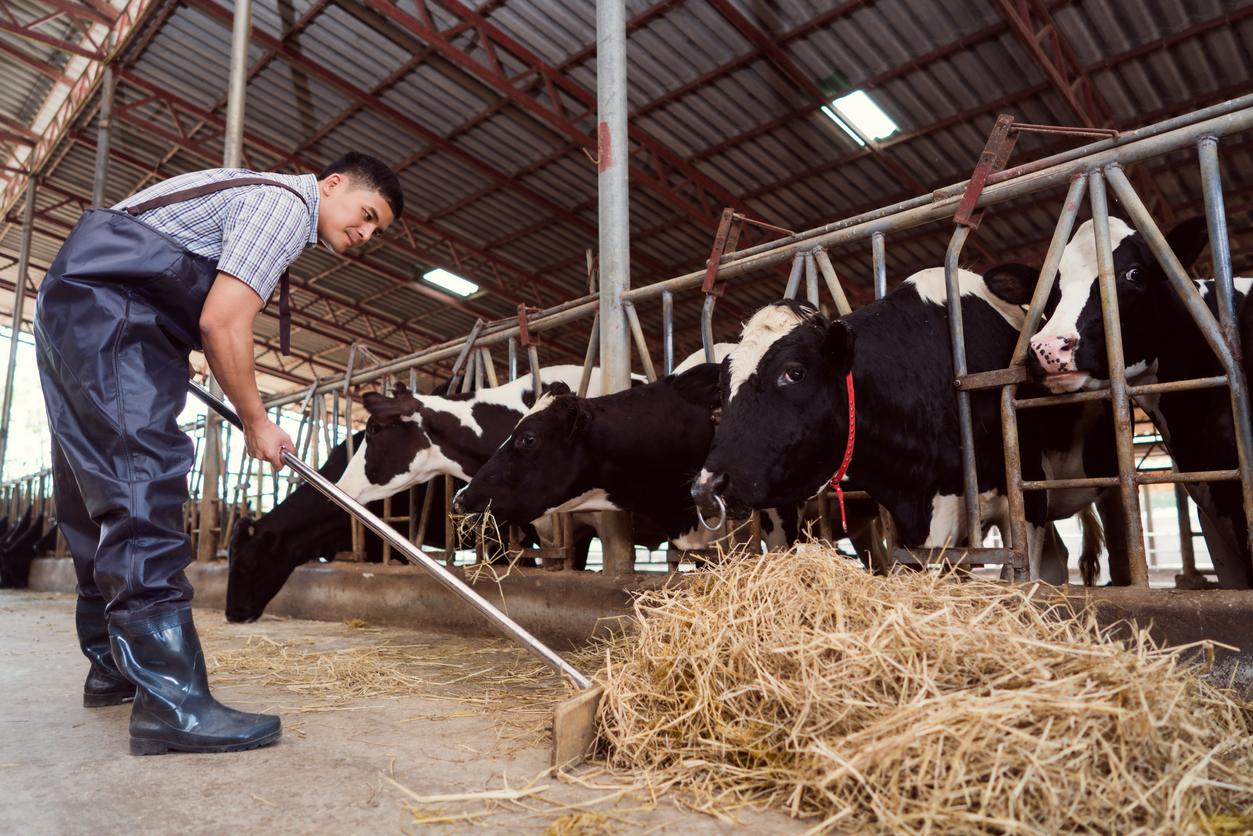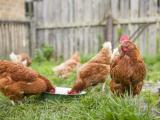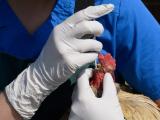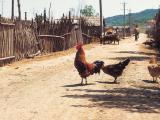The US Centers for Disease Control and Prevention (CDC) late last week published its assessment of the H5N1 avian influenza virus that infected a dairy worker in Texas, putting its risk to the general public as low and its risk as a potential pandemic virus as moderate, similar to that posed by two other recent 2.3.4.4b clade viruses.
Health officials had announced in May that the CDC had started the detailed process of conducting a pandemic risk assessment using its Influenza Risk Assessment Tool (IRAT). With IRAT, CDC scientists' goals are answering two risk assessment questions, one on emergence and the other on public health impact. Health officials use IRAT to gauge the pandemic potential of flu viruses and to guide preparedness measures.
The CDC has published two previous assessments for viruses from the 2.3.4.4b clade, one in July 2023 for the H5N1 virus that triggered an outbreak at a Spanish mink farm and the other in March 2022 for a sample from a wigeon duck collected in South Carolina in 2021 when the virus first began circulating in US wild birds.
Moderate risk for emergence, public health impact
Like the other two recent 2.3.4.4b viruses, the subtype that infected the Texas patient is in the moderate risk for both future emergence and public health impact.
CDC experts submitted the scores for the virus from the Texas patient on June 26, which include information from other US cases but not the most recent ones reported in Colorado poultry workers.
The CDC said the Texas virus scored slightly higher on some risk elements, but lower on others compared to other recent 2.3.4.4b strains. The newer virus had a public health impact score similar to the Spanish mink farm virus, but it had a higher emergence score than the other two viruses.
"However, the mean-high and mean-low acceptable score ranges for these viruses overlap, indicating that these viruses remain similar, and their overall risk scores remain 'moderate,' " the group said.
Compared to 15 other viruses on the CDC's IRAT list, the Texas virus has the sixth-highest emergence score and the seventh-highest public impact score.
Colorado veterinarian group warns about H5N1 in cats
In other H5N1 developments, the Colorado Veterinary Medical Association recently warned animal health providers about potential infections in cats, even if all the risk factors or clinical signs aren't present.
Of six H5N1 confirmations in Colorado cats so far, only one was directly linked to a dairy farm. Three were indoor cats that had access to the outdoors and could have hunted mice or birds, and two were exclusively indoor cats.
Five had similar symptoms, which started with lethargy and poor appetite and progressed to respiratory and neurologic symptoms. Several were tested for rabies, owing to a similar clinical picture.





















